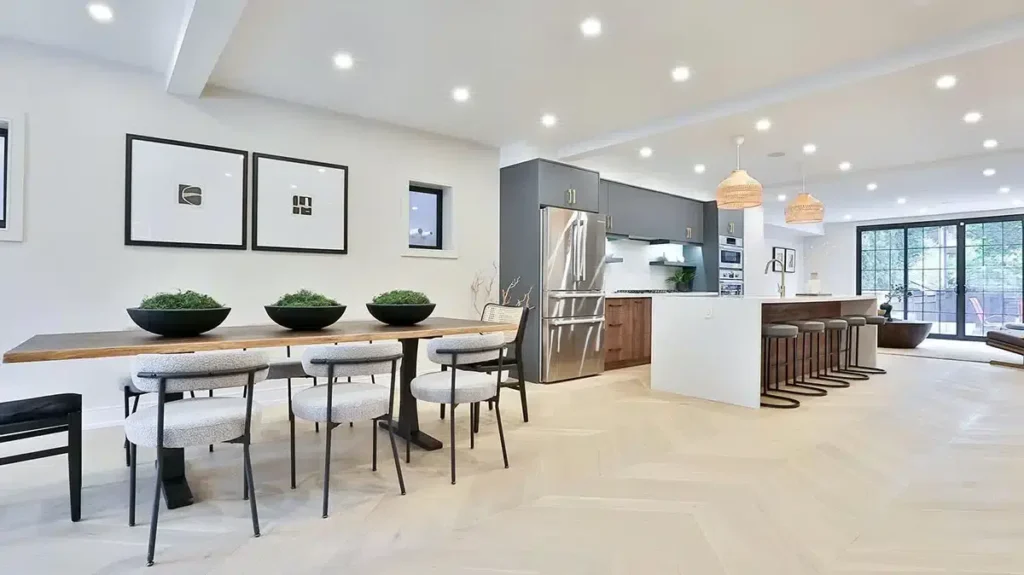A lot of people have turned to indoor gardening to add beauty and comfort to their homes. Indoor plants can provide a fresh, lively ambiance in your interior. If you are working from home or have kids taking online classes, decorating your working spaces with houseplants can help boost creativity and productivity. Interacting with indoor plants can even reduce both physiological and psychological stress, according to one study in the Journal of Physiological Anthropology.
Today, you can find various plant species that you can easily grow in an indoor environment. However, you have to do your part of providing your plants’ specific needs as they can only survive a few days or weeks without proper care and attention.
How to determine what type of plants can thrive in your indoor space?
Clearly, you just can’t take any leafy or flowering plant from your yard or garden and bring it inside. Not all plants can thrive in an indoor space. Before choosing what type of plants to grow, you need to evaluate your home first. Do you have enough space to accommodate plant life? Are there any hot zones in your home? Does your home receive an adequate amount of sunlight? Answering these questions will help you find the right plants to grow and let you jump into plant motherhood successfully.
Among the ideal indoor plants to grow are snake plant, monstera, pothos, dracaena, spider plant, zz plant, fern, and rubber tree.
5 ways to take better care of your houseplants
1. Always keep the pot soil moist.
Proper watering is essential to the life of your plants. Experts say that overwatering is the no. 1 cause of plant problems and premature deaths. You need to know that not all your plants have to be watered the same way. Some plants can survive with as little as monthly or weekly watering.
To determine whether your plants need more water, stick your finger into the soil. If it feels damp or moist, you don’t need to add more water. On the other hand, the presence of standing water at the bottom of the pot means you have overwatered your plant. Remove standing water as it can kill your plants.
2. Use a pot with good drainage.
When selecting a container for your houseplant, make sure to choose one that has good drainage. A container with a drainage hole at the bottom can help prevent overwatering as it allows water to escape. To avoid creating a wet mess inside your home, you may place your potted plant in a bigger container and place pebbles at the bottom. That will prevent your plant from sitting on drainage water.
3. Choose spots with sufficient exposure to sunlight.
Sunlight is among the primary needs of a plant to grow. Providing adequate sunlight to your plants can be a great challenge when you are growing them indoors. Most people would move their plants and give them time out in the sunlight. However, direct and too much sunlight can be harmful to some indoor plant species. What you can do is place your houseplants near the windows, so it gets enough light. For some plants, fluorescent light can work as a great alternative to sunlight.
4. Regularly prune your plant.
Aside from regular watering, house plants need to be groomed or pruned as needed to maintain good health. Make sure to check on your plants regularly and remove dead foliage. It is important to use the right pruning tools for plants like shears or scissors. Additionally, look for dust or dirt sticking on leaves and wipe them with soft, wet cloth. Dirty leaves will not be able to clean and improve the indoor air.
5. Keep your house temperature in check.
Many people don’t know that temperature is among the relevant factors for healthy plant growth. According to the Planet Natural Research Center, houseplants thrive in temperatures between 65-75° during the day and 55-60° at night. Extreme temperatures can affect the health of your plants, especially during summer. To save your plants from the damaging heat, make sure to run your home’s air conditioning system. Some plants can thrive without water for days if exposed to a cooler temperature. If you’re not coming home for the weekend, you can leave your AC running to save your potted plants from falling or wilting.
Make sure your home’s air conditioning system works properly during the summer by consulting residential HVAC pros. Scheduling an air conditioning repair earlier in time will prevent issues from escalating and from causing you high energy bills to pay. Book a service today!


